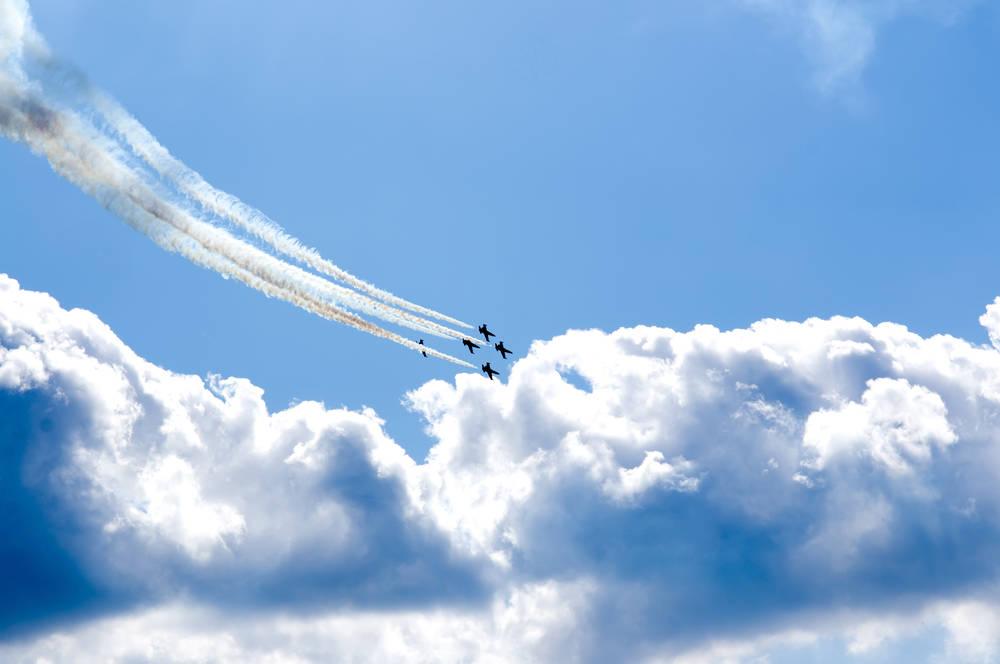The framework is to be covered with cloth in the same manner as theplanes. For this about ten yards will be neededStrengthening the rudderTo ensure rigidity the rudder must be stayed with guy wires. For thpurpose the No. 12 piano wire is the best. Begin by running two of thesewires from the top eye-bolts of stanchions 3 and 4, page 37, to rudderbeam where it joins the rudder planes, fastening them at the bottom. Thenrun two wires from the top of the rudder beam at the same point, to thebottom eye-bolts of the same stanchions. This will give you four diagonalwires reaching from the rudder beam to the top and bottom planes of theglider. Now from the outer ends of the rudder frame run four similardiagonal wires to the end of the rudder beam where it rests on the crosspiece. You will then have eight truss wires strengthening the connection ofthe rudder to the main body of the glider. The framework of the rudderplanes is then to be braced in the same way, which will take eight morewires, four for each rudder plane. All the wires are to be connected at oneend with turn-buckles so the tension may be regulated as desiredIn forming the rudder frame it will be well to mortise the comers, tackthem together with small nails, and then put in a comer brace in the insideof each joint. In doing this bear in mind that the material to be thusfastened is light, and consequently the lightest of nails, screws, bolts andcomer pieces, etc, is necessary.

We will now assume that you have become proficient enough towarrant an attempt at the construction of a real flying machine--one thatwill not only remain suspended in the air at the will of the operator, butmake respectable progress in whatever direction he may desire to go. Theglider, it must be remembered, is not steerable, except to a limited extent,and moves only in one direction--against the wind. Besides this its powerof flotation-suspension in the air-is circumscribedLarger Surface Area RequiredThe real flying machine is the glider enlarged, and equipped withmotor and propeller The first thing to do is to decide upon the sizerequired. While a glider of 20 foot spread is large enough to sustain a manit could not under any possible conditions, be made to rise with the weightof the motor, propeller and similar equipment added. As the load isncreased so must the surface area of the planes be increased. Just whatthis increase in surface area should be is problematical as experiencedaviators disagree, but as a general proposition it may be placed at fromthree to four times the area of a 20-foot glider [3]3]See Chapter XxvSome Practical ExamplesThe Wrights used a biplane 41 feet in spread, and 6 1/2 ft. deep. Thisor the two planes, gives a total surface area of 538 square feet, inclusiveof auxiliary planes. This sustains the engine equipment, operator, etc,atotal weight officially announced at 1,070 pounds. It shows a liftingcapacity of about two pounds to the square foot of plane surface, aagainst a lifting capacity of about 1/2 pound per square foot of planesurface for the 20-foot glider. This same Wright machine is also reportedto have made a successful flight, carry ing a total load of 1, 100 poundswhich would be over two pounds for each square foot of surface area.which, with auxiliary planes, is 538 square feet
To attain the same results in a monoplane, the single surface wouldhave to be 60 feet in spread and 9 feet deep. But, while this is themathematical rule, Bleriot has demonstrated that it does not always holdgood. On his record-breaking trip across the English channel, July 25th,1909, the Frenchman was carried in a monoplane 24 1/2 feet in spread,and with a total sustaining surface of 150 1/2 square feet. The total weightof the outfit, including machine, operator and fuel sufficient for a three-hour run, was only 660 pounds. With an engine of (nominally) 25horsepower the distance of 21 miles was covered in 37 minutesWhich is the Best?Right here an established mathematical quantity is involved. A smallplane surface offers less resistance to the air than a large one andconsequently can attain a higher rate of speed. As explained further on inthis chapter speed is an important factor in the matter of weight-sustainingcapacity. A machine that travels one- third faster than another can getalong with one-half the surface area of the latter without affecting the loadSee the closing paragraph of this chapter on this point. In theory theconstruction is also the simplest, but this is not always found to be so inpractice. The designing and carrying into execution of plans for anextensive area like that of a monoplane involves great skill and clevernessin getting a framework that will be strong enough to furnish thesupport without an undue excess of weight. This proposition isgsimplified in the biplane and, while the speed attained by the latter maynot be quite so great as that of the monoplane, it has much larger weightcarrying capacityProper Sizes For Framelowing that the biplane form is selected the construction may bepractically identical with that of the 20-foot glider described in Chapter Vexcept as to size and elimination of the armpieces. In size the surfaceplanes should be about twice as large as those of the 20-foot glider, viz: 40feet spread instead of 20, and 6 feet deep instead of 3. The horizontalbeams, struts. stanchions. ribs. etc. should also be increased in sizeproportionately
